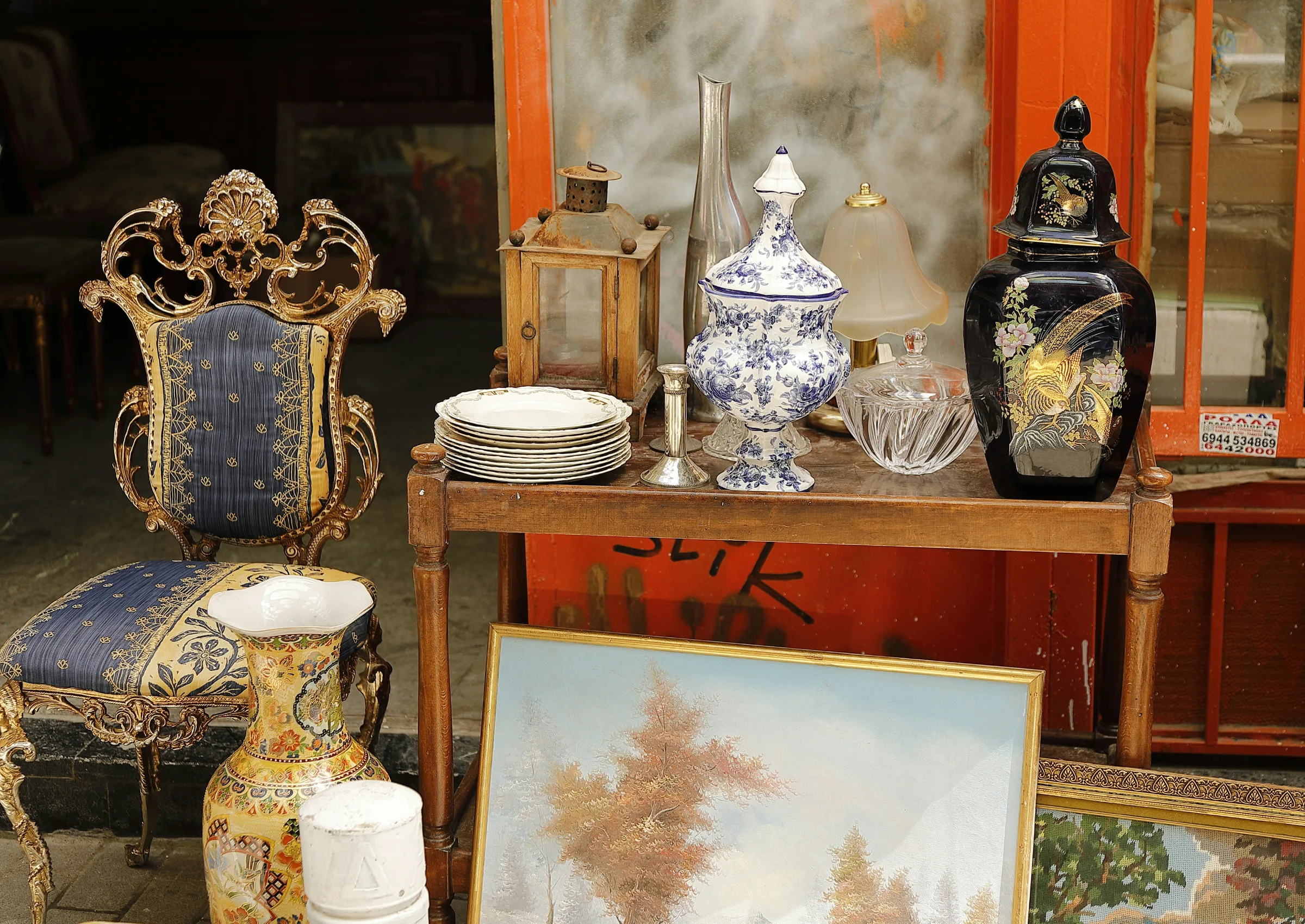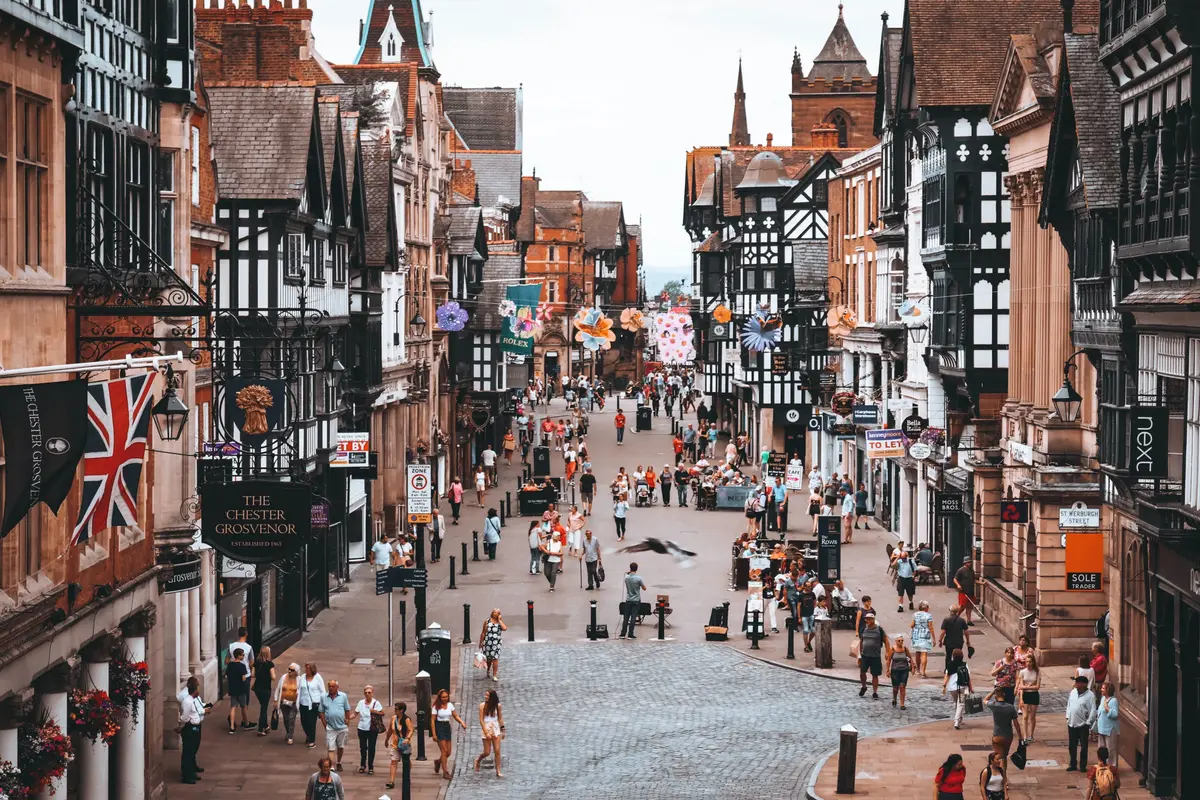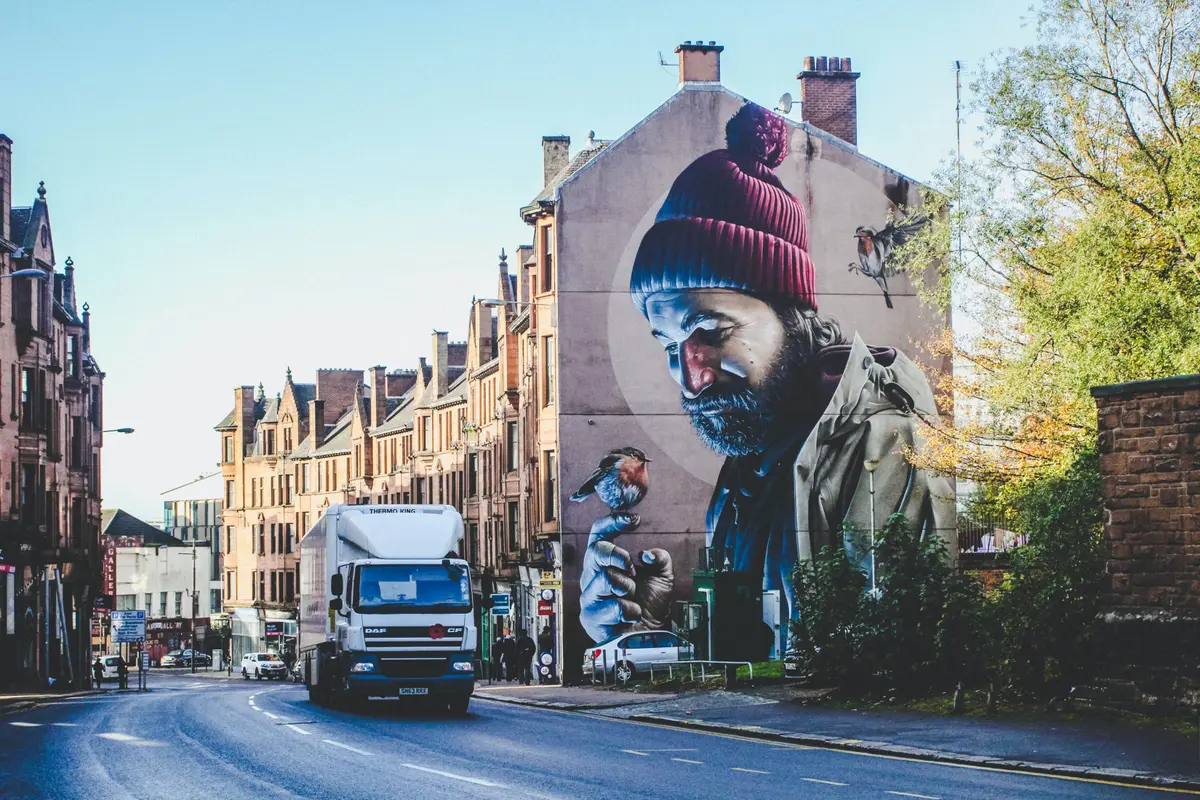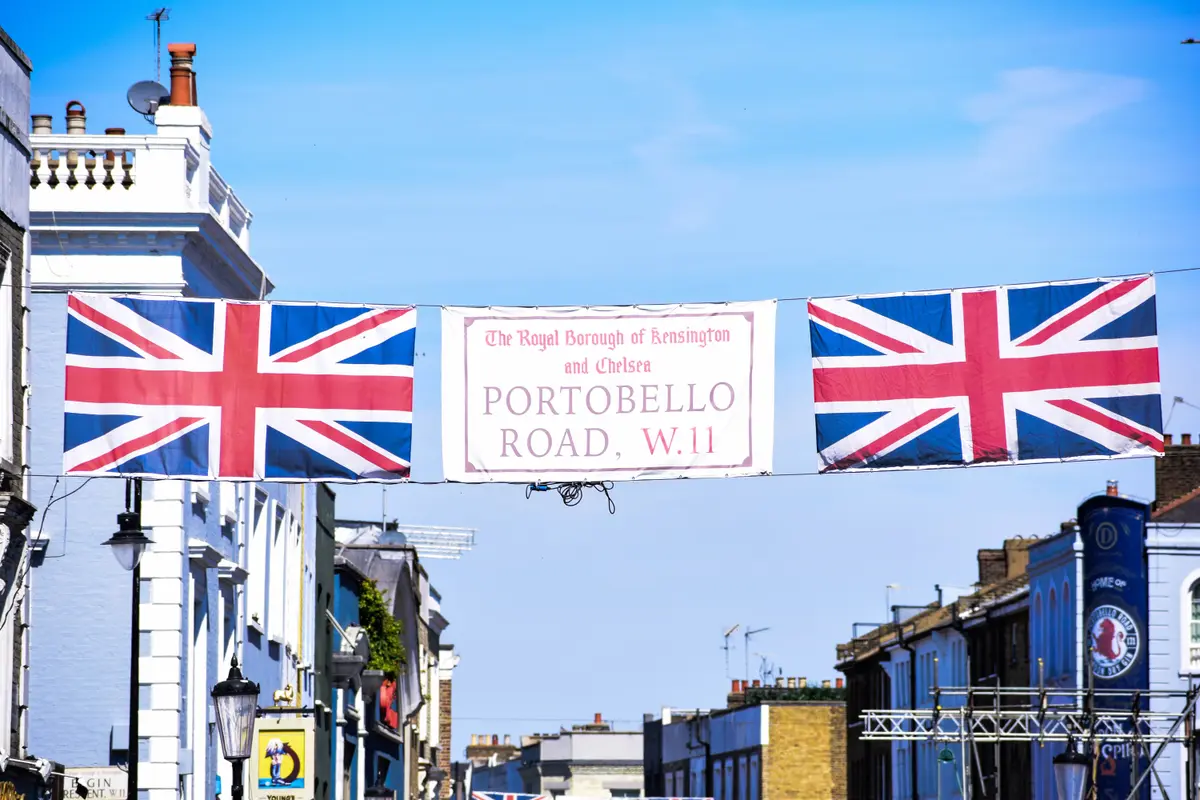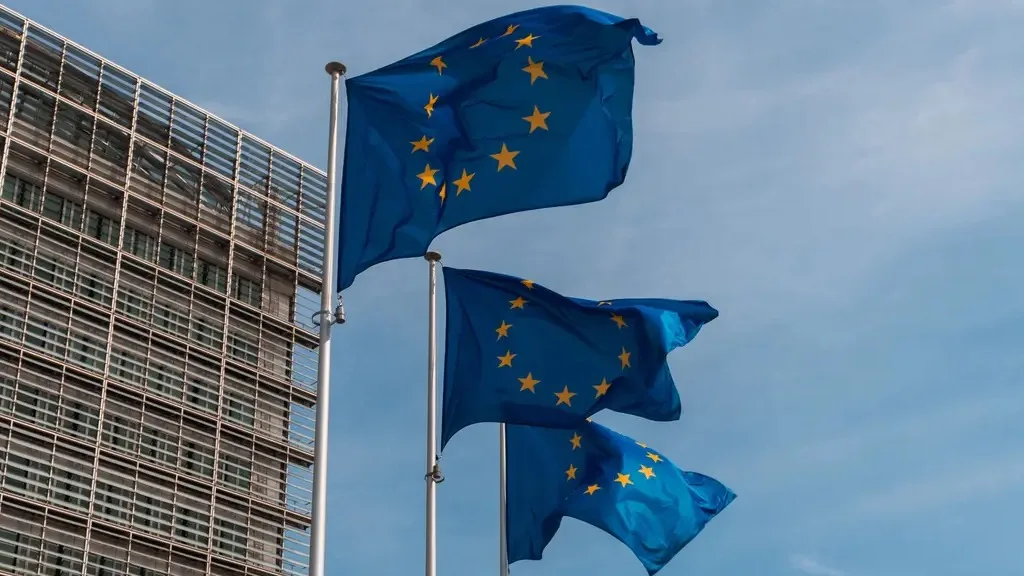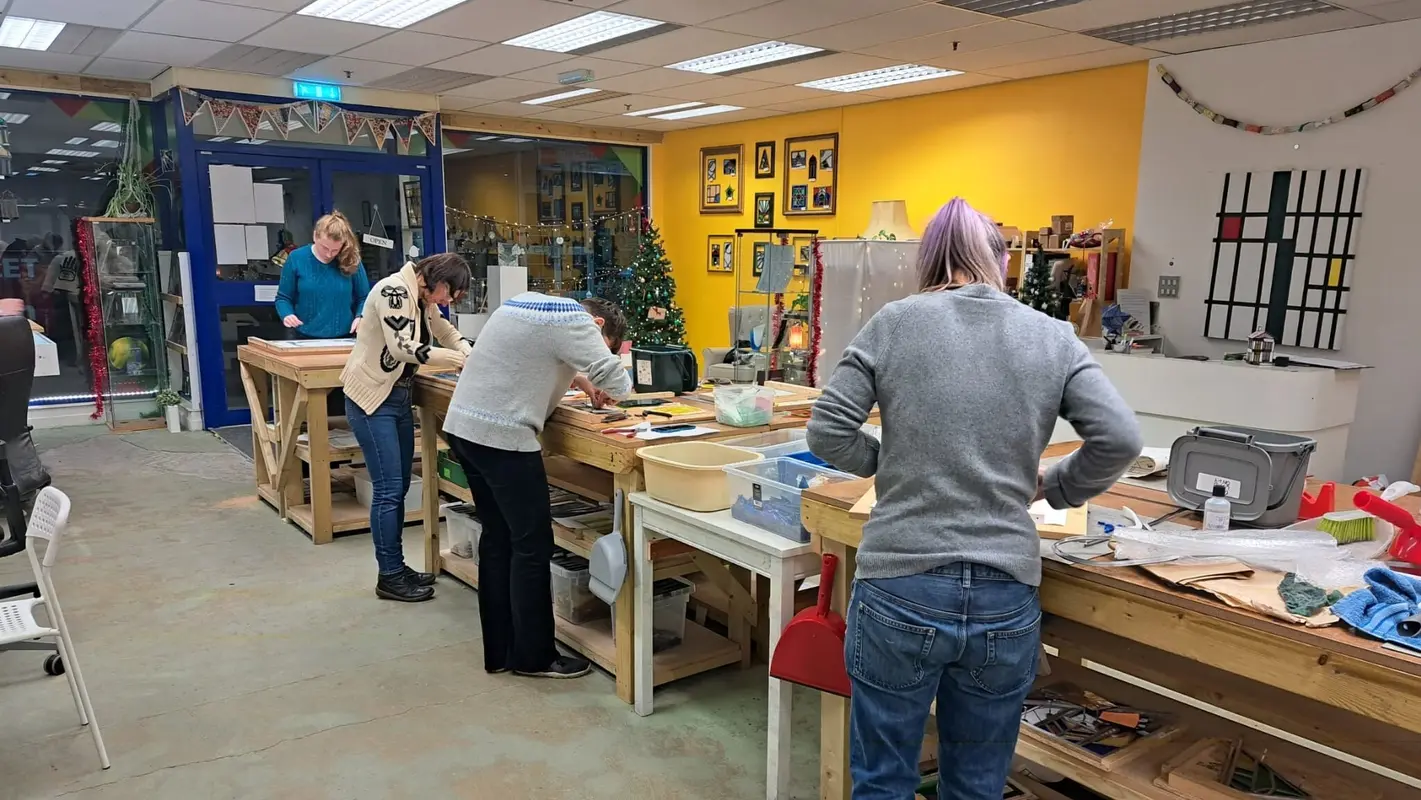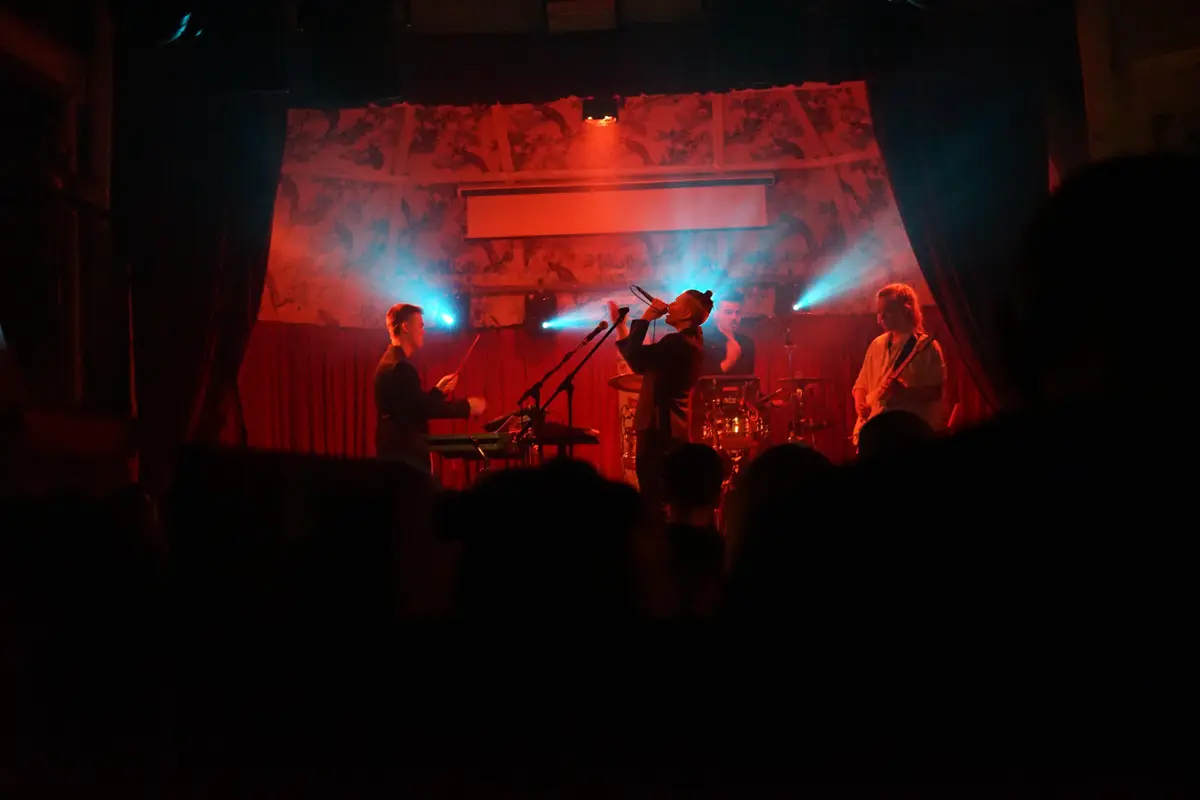Please note: this paper has been accepted in Journal of Cultural Economics, DOI: 10.1007/s10824-022-09448-5
This problem can make it hard for creative industries firms to secure funding and investment into Research and Development (R&D). This is partly because ‘innovation’ is not a well defined concept in the creative industries. It is also because the systems that most firms use to access innovation funding for R&D, such as grants or investment funds, are not well tailored to the creative industries.
Instead, creative firms rely on their owners’ individual ability to leverage personal relationships and their own sources of capital to successfully gain funding. This behaviour is possible due to the higher than average level of social and personal capital in creative industries workers.
These sorts of unique features, among others, of the creative industries means that specific financial instruments are required if we want creative industry firms to remain at the cutting edge of the UK’s economy. And for this to happen, it is particularly important that we help creative firms access more R&D funding so that they can invest in more innovation.
This paper is based on a groundbreaking survey of 575 firms undertaken by the Creative Industries Council. It looks at the specific barriers that are preventing creative industries firms from accessing funding and investment. It examines the degree to which past innovative activities undertaken by firms provide a ‘signal’ to potential funders. It concludes that, due to the unique and specific features of the innovation landscape of the creative industries, tailored financial and policy instruments are needed in order to feed and sustain these high-growth, innovating industries.
This discussion paper was published as part of the PEC’s spotlight on R&D week which ran between 14 – 18 February 2022
Image credit: Photo by Umberto on Unsplash
Related Discussion Papers
Regional Trade Agreements, Cultural Provisions and Trade in Cultural Goods
Analysing the impact of Regional Trade Agreements on the bilateral trade of cultural goods from 1999…
International Trade Challenges and the Effectiveness of Support Measures for the UK’s Creative Industries
The formidable challenges confronting the UK’s creative industries in the realm of exports, st…
Northern England’s Creative Industries
The Creative Industries are already a driver of growth across the UK economy. Export-intensive and m…
Creative Destruction? Creative firms, workers and residential gentrification
A new study by Tasos Kitsos, Max Nathan, and Diana Gutierrez-Posada finds only a minor influence of …
Speaking with One Voice
A fundamental remit of the BBC, and other public service broadcasters (PSBs) like ITV and Channel 4,…
Transitioning to Sustainable Production across the UK Theatre Sector
This discussion paper examines transitional pathways to sustainable theatre production in the UK. By…
Identifying and analysing UK fashion micro-clusters
The UK’s Fashion and Textiles industry contributed almost £20 billion to the UK economy in 202…
Net Zero as a catalyst in fashion micro and small enterprises
This report identifies examples of work taking place across three levels of change – social, e…
The Motives of Inbound Foreign Direct Investors in the UK Creative Industries
The UK’s creative industries have a global reach. British arts, technology, and design are internati…
Brexit uncertainty and international trade in services: Evidence from the UK creative industries 2014-2019
This discussion paper is based on one of the first studies to look at the impact of Brexit on the Cr…
Working Together – Cooperatives as a creative industry business model
This authors looks at how creative workers and students typically understand cooperatives, explore t…
Building sustainable regional music industry clusters
This report looks at the role the creative industries can play for the Levelling Up agenda, as well …

